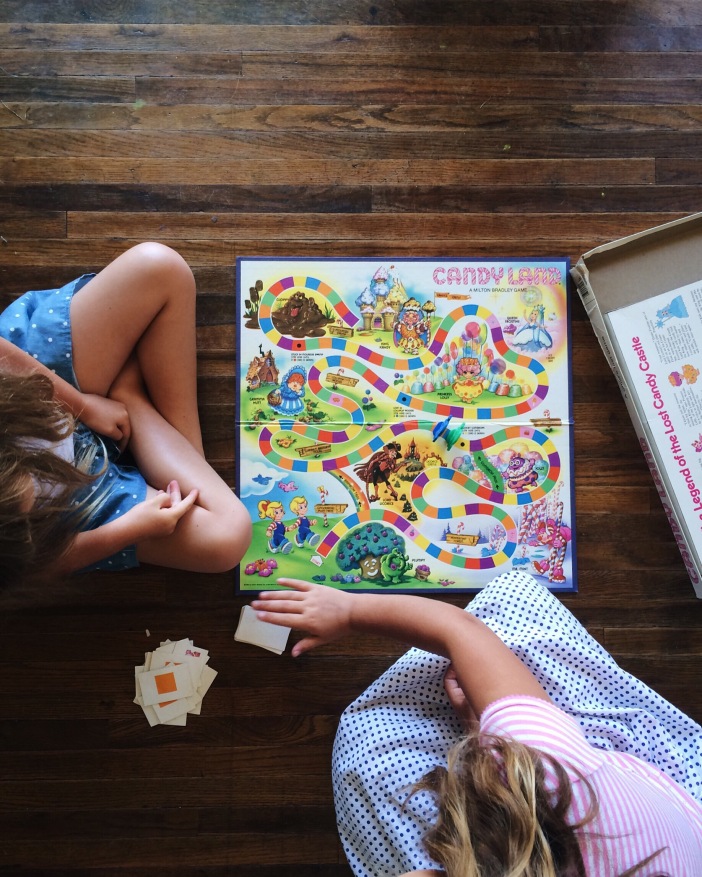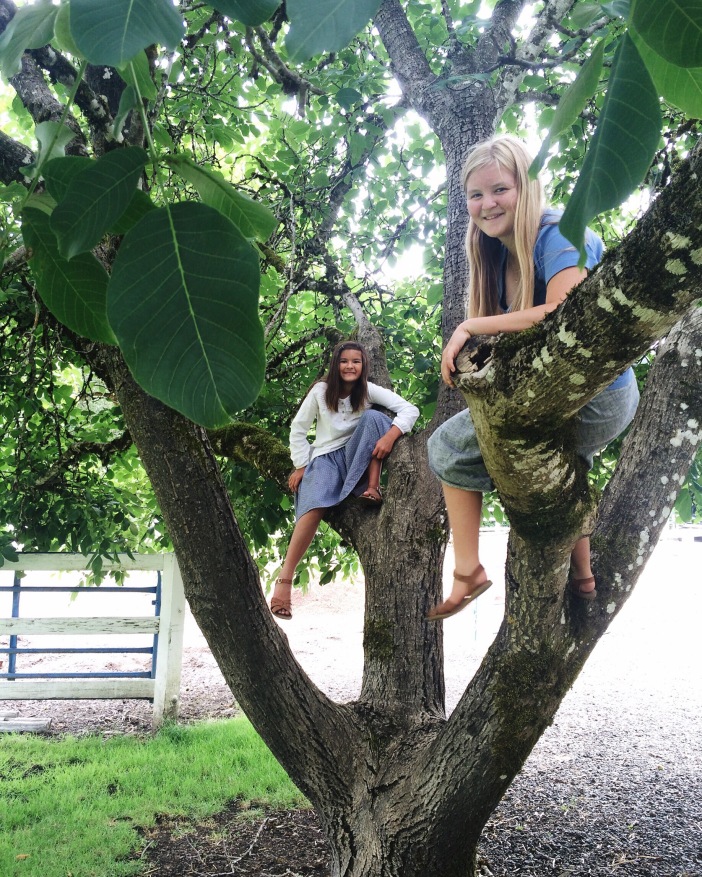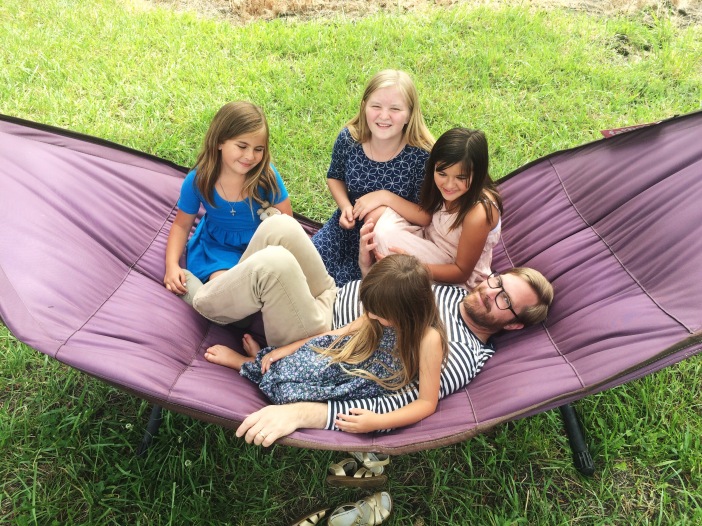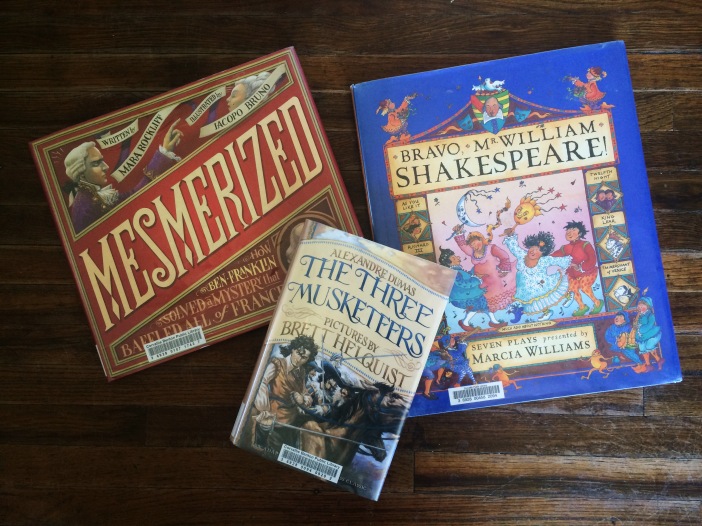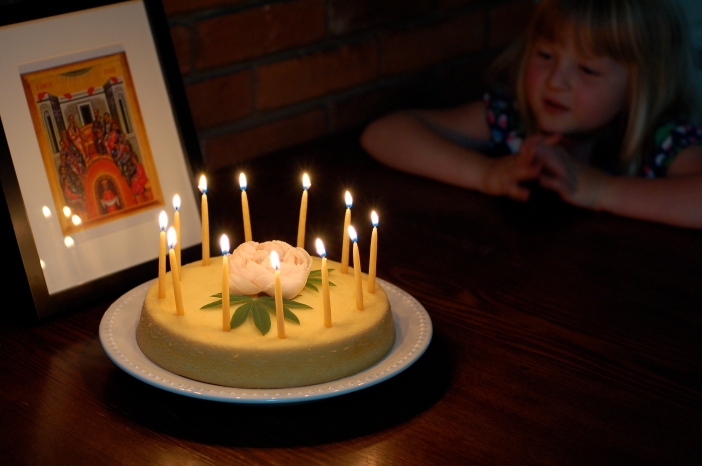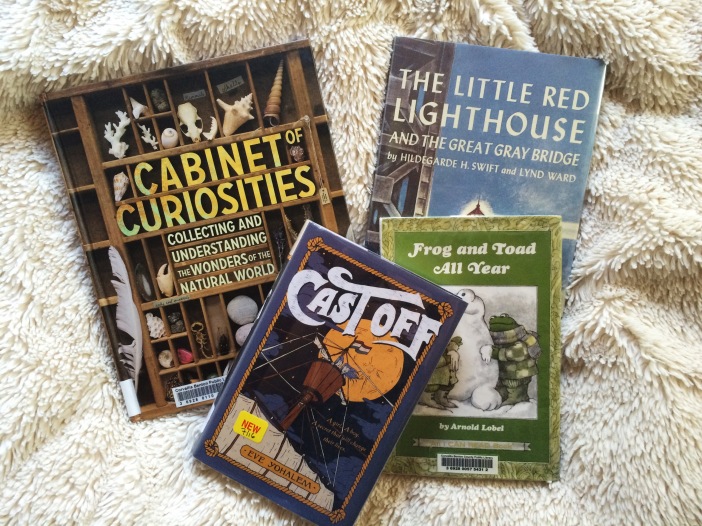How we spend our days, of course, is how we spend our lives. :: Annie Dillard
Educating the mind without educating the heart is no education at all. :: Aristotle
The benefits of parental authority are substantial. When parents matter more than peers, they can teach right or wrong in a meaningful way. They can prioritize attachments within the family over attachments with same-age peers. They can foster better relationships between their child and other adults. They can help their child develop a more robust and more authentic sense of self, grounded not in how many “likes” a photos gets on Instagram or Facebook, but in a child’s truest nature. They can educate desire, instilling a longing for higher and better things, in music, in the arts, and in one’s own character. :: Leonard Sax, The Collapse of Parenting (emphasis my own)
Finally, brethren, whatsoever things are true, whatsoever things are honest, whatsoever things are just, whatsoever things are pure, whatsoever things are lovely, whatsoever things are of good report; if there be any virtue, and if there be any praise, think on these things. Philippians 4:8 (KJV)
Allowing my children to engage in meaningful work. Cultivating in them a sense of belonging. Giving them opportunities to create connections. These were the three big goals I outlined in my first homeschooling post. Since then I’ve talked about taking the long view, finding the homeschool subject matter hidden in it, leaning into rhythm to support us, and the “other” part of homeschooling, skill-training. That leaves room to consider what I believe is the largest part of homeschooling: the education of desire, the informing of tastes, the molding of hearts.
The bulk of what I do as a parent and as an educator is this. It goes beyond choosing the best books to the heart of what it means to be a person, the core of who I hope they become. How we spend our days really is how we spend our lives, and that begins in childhood. Just as no one else’s chocolate chip cookies can ever compare to the ones our moms baked for us when we were eight, as parents, whether we like it or not, we are creating the blueprint for our children’s lives every day. Where will they seek comfort when they are crushed and hurting? How will they celebrate the joys of their lives? Will the strains of commercial jingles haunt their internal ears (my own lingering problem from childhood!), or will it be the strains of birdsong and rushing water and wind in the trees? Will their in-jokes be about television shows or Shakespeare plays? Will they be constantly avoiding punishment, or will they know the joy of doing the right thing for its own sake?
All of us as people seek comfort and joy in the things we have known before, especially the things that first gave us comfort and joy when we were young, and we didn’t have the big picture. We are creating not just a family culture, but a way of life to carry them forward into adulthood, a toolbox of experiences to help them forge their own way. As homeschoolers, we have a unique burden because so many of their experiences are at home, but this is true of all parents. Keeping this in mind helps to inform not only what books or experiences I include in our school days, but all of the things I exclude from our lives, the things I say no to.
Helping to create the map of someone’s desires is a weighty business, but it has power in it, too! It allows me to be free to say no. No to the offer of a free television. No to the gifts of dollar store plastic toys. No to terrible books. It also gives me the strength to say yes! To hours spent outside even when it is muddy or rainy, to extra church services even when I don’t feel like going, to huge craft messes all over the house. The same way that thinking about my long-term goals for their education allows me to see how to get there, knowing that the choices I am making every day are truly important takes the mystery out of them. I can feel confident and peaceful in my choices to prioritize the lovely, pure, and true.
I know you are probably wondering, but what do you actually DO during school time? I promise, I am getting there!
